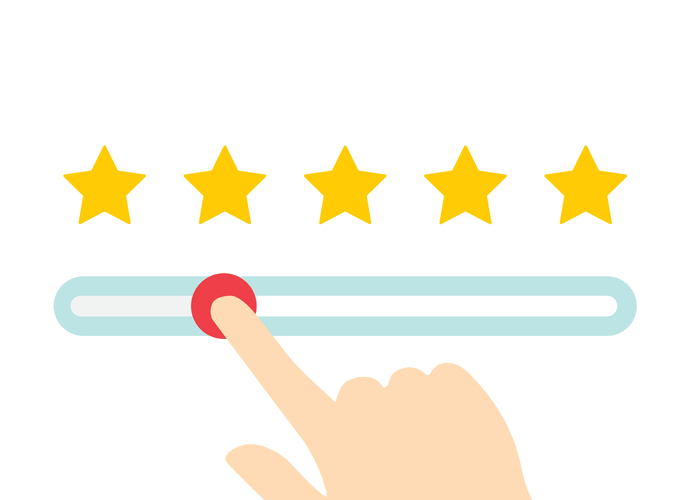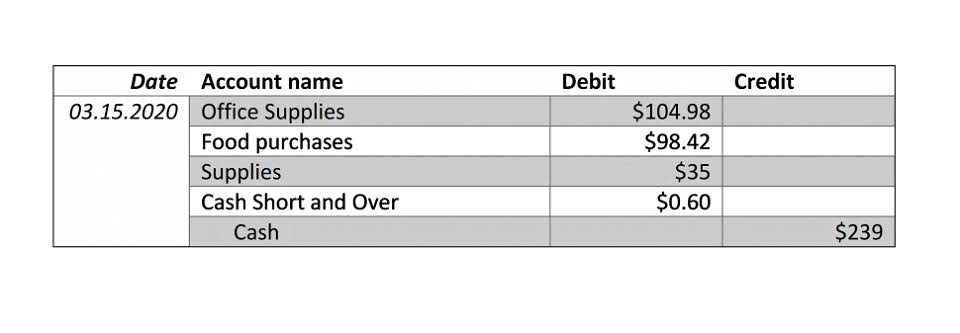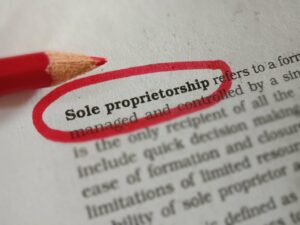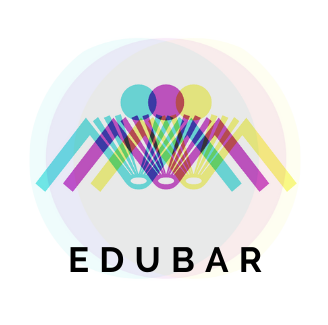
First, let’s define liabilities vs. expenses and review some examples of each. Grasping the distinctions among these policies is crucial for making a knowledgeable choice that fits your business’s specific requirements. In the following month, when updating the vacation accrual, you would only record the difference between the current month’s balance and the previous month’s balance. This ensures that the liability is accurately reflected petty cash on the balance sheet without double-counting the expense.

Liability vs Expenses: An Overview of Differences
Each company, no matter its size or sector, encounters a distinct array of risks that can interrupt operations, harm property, or result in expensive legal actions. Securing the appropriate insurance policy offers financial security while also providing peace of mind, enabling you to concentrate on expanding your business. It is essential for businesses to understand and manage their liabilities and expenses effectively to ensure financial stability and facilitate financial planning and analysis. If a business wants to be a leader in its industry or manage its operations well, liabilities and expenses are essential. Every business should monitor its expenses regularly to ensure they don’t exceed its revenues.
Current Liabilities
Liabilities are essential for understanding a company’s financial health and future cash flow Grocery Store Accounting needs. Understanding the differences between expenses and liabilities is crucial for accurate financial reporting and decision-making. By analyzing these concepts, stakeholders can gain valuable insights into a company’s financial performance, its ability to meet its obligations, and its overall financial health. Liabilities refer to debts or obligations a business owes, while expenses represent the costs incurred to generate revenue.
Expense vs liability
An expense refers to the costs incurred by an individual, business, or organization in order to generate revenue or achieve specific objectives. It is the outflow of resources, in the form of money, to pay for goods, services, or obligations. By providing detailed insights and real-time visibility, Ramp simplifies the process of tracking and managing business liabilities. One common example is the payments your company needs to make on your outstanding debt.
- Accrued expenses, on the other hand, are obligations to pay in the near future.
- Instead, they reflect the company’s financial obligations and its ability to meet those obligations in the future.
- Often, an expense may lead to the creation of a liability if it is not paid immediately.
- When it comes to financial accounting, understanding the difference between expenses and liabilities is crucial.
- ‘The business is liable for any outstanding amounts it owes for goods or services it has received but has not yet paid for.
Ready to take control of your finances?
- Assets and liabilities are opposite sides of the balance sheet equation, with assets driving business growth and liabilities often funding that growth.
- If a covered incident like a natural disaster or fire forces your business to close, Business Interruption Insurance offers financial assistance by replacing your net revenue.
- Moreover, numerous commercial property owners and businesses mandate that their vendors obtain GLI as a condition of leases or contracts, rendering it an essential component of operations.
- This makes it a perfect option for small and medium-sized enterprises aiming to achieve a balance between extensive coverage and cost-effectiveness.
- By accurately distinguishing between liabilities and expenses, businesses can achieve a clearer financial picture and make informed decisions with confidence.
Capital expenses involve the acquisition of assets with long-term value, such as buildings or machinery. They have different characteristics and reside in different financial statements. The cost of General Liability Insurance (GLI) and a Business Owner’s Policy (BOP) varies based on factors such as your industry, business size, location, and coverage limits. Understanding these differences can help you determine which policy provides the best value for your business.
![]()
Excessive liabilities can be dangerous even while taking on debt might be advantageous for growing a business, investing in new ventures, or acquiring assets. If a company takes on too much debt relative to its earnings capacity, it may struggle to repay loans, leading to cash flow problems, decreased creditworthiness, and, in extreme cases, bankruptcy. Liabilities do not affect the income statement directly in the same way expenses do, but they reflect the company’s obligation to repay debt. As the company repays expenses vs liabilities liabilities, cash outflows occur, which are reflected in the cash flow statement. Too many liabilities may burden a company’s cash flow and financial stability, while appropriate levels of debt can be used strategically for growth.
Business Property Insurance:
In this article, we’ll clarify the difference between expenses and liabilities in accounting, explain how they arise, and discuss the insights they provide into a company’s financial performance. Among the various insurance alternatives accessible, two of the most popular selections for small business proprietors are General Liability Insurance (GLI) and a Business Owner’s Policy (BOP). At first glance, these policies might seem alike since they both seek to reduce risk, yet they address different loss types and provide unique advantages. Properly identifying and recording these types of accrued expenses is crucial for ensuring the accuracy of a company’s financial statements and compliance with GAAP. This interplay shows how unpaid expenses become liabilities until they are settled. As a result, companies must manage both expenses and liabilities carefully to maintain healthy cash flow and financial stability.

By the end of the article, you should be able to make an informed decision on what type of policy is right for your particular business. A BOP includes multiple types of coverage—GLI, commercial property insurance, and business interruption insurance—which makes it more comprehensive but also more expensive. However, bundling these policies often results in overall savings compared to purchasing them individually.

Property protection
Those same skills help protect your business from financial losses that might derail the company. Choosing the right insurance coverage might seem too involved or time-consuming, given the many options. For example, a business owner’s policy vs. general liability insurance, which should you choose? While both shield your business from costly claims, choosing insufficient coverage could leave you exposed to significant risk, for example, from a burst pipe or customer injury.
